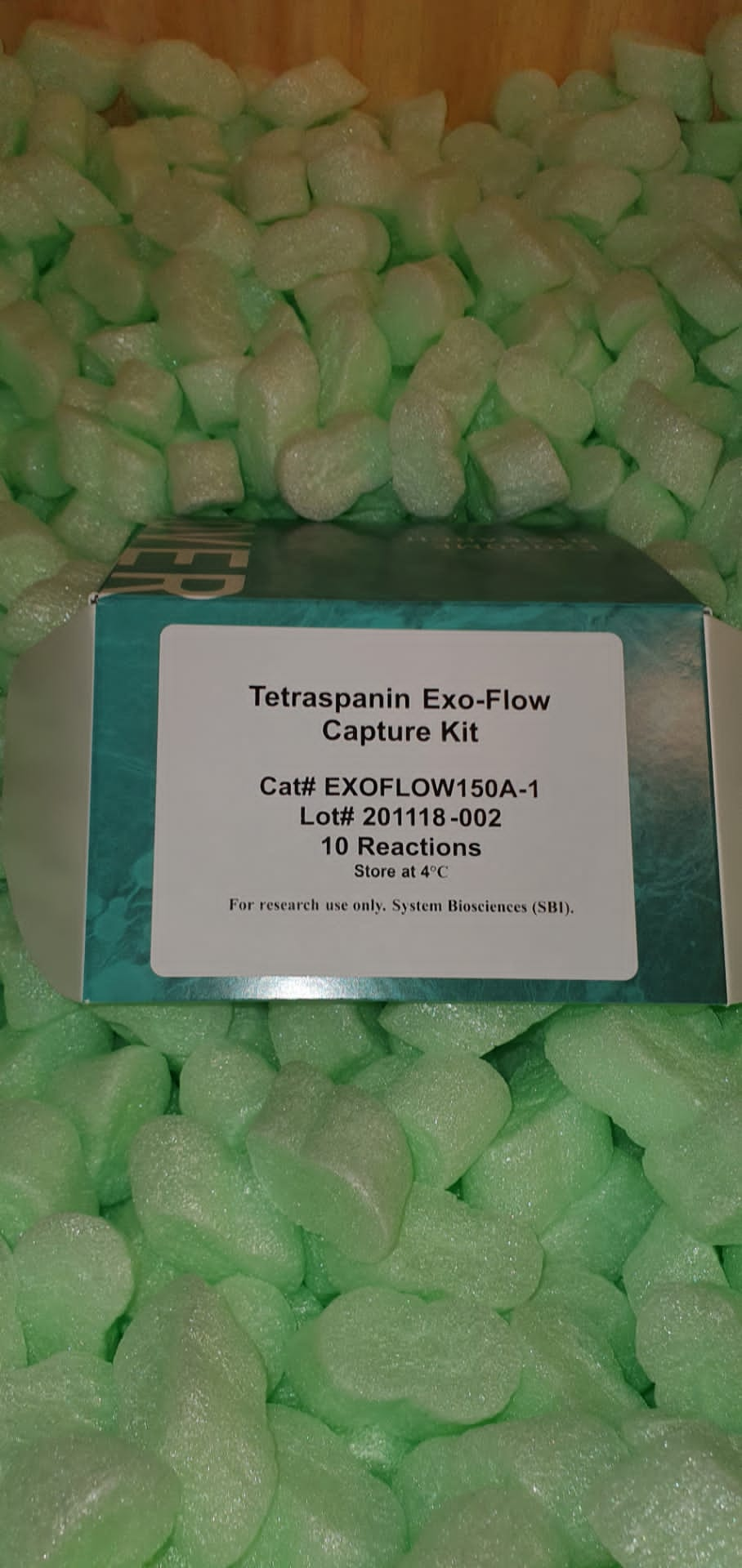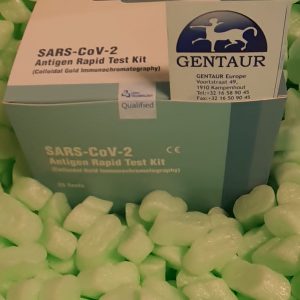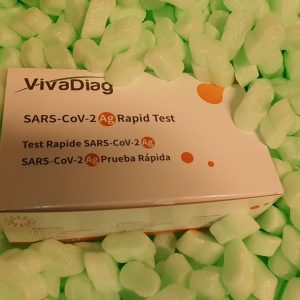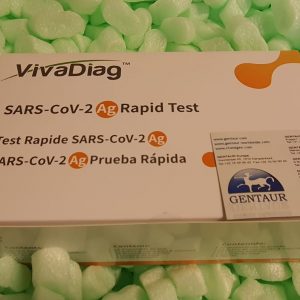We investigated the early results of the equine embryo on maternal serum concentrations of insulin-like development issue 1 (IGF1), leptin and adiponectin, uterine immune cells and genes and proteins associated to embryo improvement and the upkeep of pregnancy. Ipsilateral endometrial expression was assessed on Days 7 and 13 after ovulation for the next transcripts: oestrogen receptor ERα (ESR1), progesterone receptor (PGR), progestin and adipoQ receptor member of the family 5 (PAQR5), oxytocin receptor (OXTR), prostaglandin-endoperoxide synthase 2 (PTGS2), raf-1 proto-oncogene serine/threonine kinase (RAF1), p21-activated kinase 6 (PAK6), fibroblast development issue member of the family 9 (FGF9), IGF1 and its receptor (IGF1R), mucin 1 (MUC1), osteopontin (OPN), leptin receptor (LEPR) and adiponectin receptors 1 and 2 (ADIPOR1 and ADIPOR2).
Ipsilateral endometrial immunological cell infiltration and immunohistochemical protein localisation had been evaluated on Days 7, 10 and 13 after ovulation for ERα, PGR, OXTR, PTGS2, IGF1, IGF1R, IGF2 and MUC1. Serum hormone concentrations weren’t affected by reproductive standing. Pregnancy downregulated ESR1 and PGR mRNA ranges, upregulated the expression of all different genes and affected the expression of all genes, besides PGR, on Day 7 (in contrast with eight genes affected at Day 13).
Proteins had been affected by pregnancy or by its interplay with different variables (day of extraction and endometrial compartment). Pregnant mares had the next lymphocyte rely, which decreased in the direction of Day 13. The impact of pregnancy on leucocytes and proteins was extra evident in superficial endometrial compartments. The outcomes of this research recommend that the equine embryo exerts immediate paracrine regulation of crucial organic processes.
Evolution and identification of DREB transcription elements within the wheat genome: modeling, docking and simulation of DREB proteins related to salt stress
Soil salinity and the ensuing salt stress it imposes on crop vegetation is a serious drawback for contemporary agriculture. Understanding how salt tolerance mechanisms in vegetation are regulated is due to this fact essential. One regulatory mechanism is the APETALA2/Ethylene Responsive Factor (AP2/ERF) transcription issue household, together with dehydration responsive factor binding (DREB) transcription elements. By binding to DNA, particularly upstream of genes that play roles in salt tolerance pathways, DREB proteins upregulate expression of those genes. DREB in Triticum aestivum (wheat) cluster in sub-groups and on this research by scanning the lately prolonged predicted proteome of wheat for DREB, we elevated the variety of members of this sub-family.
Using the wheat genome, we recognized 576 genes coding for the AP2 area of which 508 had been recognized to have one AP2 area, a attribute of the DREB/ERF subfamily. We confirmed the present 4 sub-groups by sequence-based phylogenetic analyses but in addition recognized 32 new DREB subfamily members, not belonging to any identified sub-group. Transcription issue profile inference evaluation recognized two genes.
Quaking RNA binding protein (QKI) is important for oligodendrocyte improvement as myelination requires myelin fundamental protein mRNA regulation and localization by the cytoplasmic isoforms (e.g., QKI-6). QKI-6 can be extremely expressed in astrocytes, which had been lately demonstrated to have regulated mRNA localization. Here, we outline the targets of QKI within the mouse mind through CLIPseq and we present that QKI-6 binds 3’UTRs of a subset of astrocytic mRNAs.
Binding can be enriched close to cease codons, mediated partially by QKI-binding motifs (QBMs), but spreads to adjoining sequences. Using a viral strategy for mosaic, astrocyte-specific gene mutation with simultaneous translating RNA sequencing (CRISPR-TRAPseq), we profile ribosome related mRNA from QKI-null astrocytes within the mouse mind. This demonstrates a job for QKI in stabilizing CLIP-defined direct targets in astrocytes in vivo and additional reveals that QKI mutation disrupts the transcriptional adjustments for a discrete subset of genes related to astrocyte maturation.
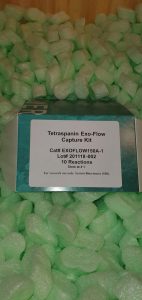
Bifunctional protein PCBD2 operates as a co-factor for hepatocyte nuclear issue 1β and modulates gene transcription
Hepatocyte nuclear issue 1β (HNF1β) is an important transcription consider improvement of the kidney, liver, and pancreas. HNF1β-mediated transcription of goal genes depends on the cell kind and the event stage. Nevertheless, the regulation of HNF1β operate by enhancers and co-factors that permit this cell-specific transcription is essentially unknown. To map the HNF1β interactome we carried out mass spectrometry in a mouse kidney inside medullary accumulating duct cell line. Pterin-4a-carbinolamine dehydratase 2 (PCBD2) was recognized as a novel interplay associate of HNF1β. PCBD2 and its shut homolog PCBD1 shuttle between the cytoplasm and nucleus to exert their enzymatic and transcriptional actions.
Although each PCBD proteins share excessive sequence id (48% and 88% in HNF1 recognition helix), their tissue expression patterns are distinctive. PCBD1 is most considerable in kidney and liver whereas PCBD2 can be considerable in lung, spleen, and adipose tissue. Using immunolocalization research and biochemical evaluation we present that in presence of HNF1β the nuclear localization of PCBD1 and PCBD2 will increase considerably. Promoter luciferase assays show that co-factors PCBD1 and PCBD2 differentially regulate the power of HNF1β to activate the promoters of transcriptional targets essential in renal electrolyte homeostasis.
[Linking template=”default” type=”products” search=”Anti-Human Fetoprotein alpha” header=”1″ limit=”142″ start=”2″ showCatalogNumber=”true” showSize=”true” showSupplier=”true” showPrice=”true” showDescription=”true” showAdditionalInformation=”true” showImage=”true” showSchemaMarkup=”true” imageWidth=”” imageHeight=””]
Deleting the N-terminal sequence of PCBD2, not present in PCBD1, diminished the differential results of the co-factors on HNF1β exercise. All collectively these outcomes point out that PCBD1 and PCBD2 can exert completely different results on HNF1β-mediated transcription. Future research ought to affirm whether or not these distinctive co-factor actions additionally apply to HNF1β-target genes concerned in further processes moreover ion transport within the kidney.

